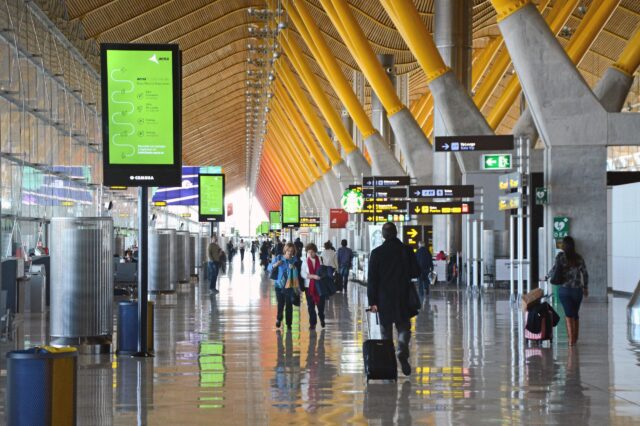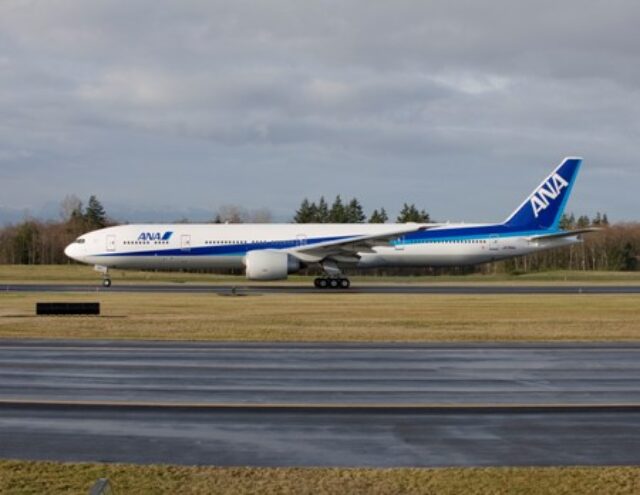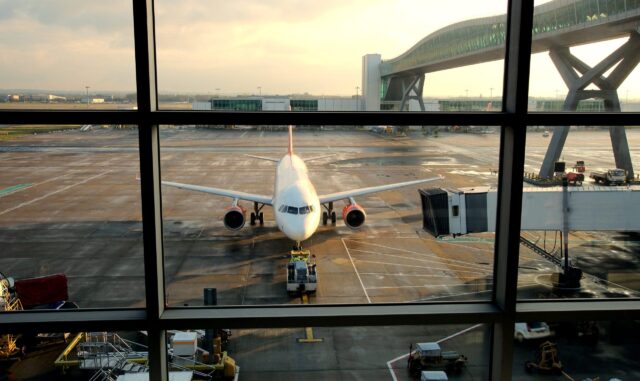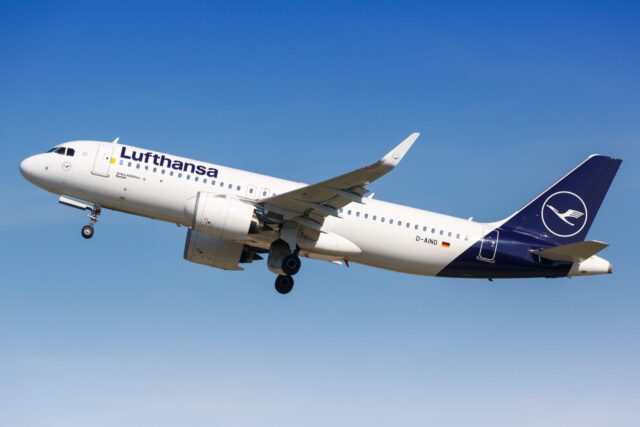Strategies for maximising aircraft asset value through digital life cycle management

From acquisition and fleet ownership to leasing and transitions, there are many parts of an aircraft’s lifecycle where airlines and lessors must navigate complex processes to ensure compliance, operational efficiency, and cost control when maintaining aircraft assets’ value, writes Jennifer Ioannidou, chief product officer, flydocs, an asset management solution provider.
In this environment, a centralised approach to lifecycle management has become critical in enavbling stakeholders to optimise asset value and streamline operations. LAM at flydocs explores the strategies and benefits of digital lifecycle management in aircraft operations.
Historically, aircraft maintenance, regulatory compliance, and financial planning have been managed through fragmented systems and processes. This disjointed method often leads to inefficiencies, data silos, and increased costs. However, a centralised digital approach would consolidate these activities into a single platform, ensuring real-time visibility and control over critical asset data.
By implementing such a solution, aviation businesses can streamline maintenance tracking, automate maintenance schedules, monitor airworthiness compliance, and store records digitally for easy access and collaboration by all parties involved. Through real-time comparisons of lease contracts and asset status, ensuring compliance with contractual obligations, and avoiding costly penalties for non-compliance or delays caused by missing documentation or non-compliant parts.
In addition, transparent and accurate data made possible through holistic digital solutions enhances financial forecasting by allowing for better predictions of maintenance costs, asset depreciation, and end-of-lease settlements, affording more effective financial planning.
High Stakes
Aircraft transitions are high-stakes events. For airlines, penalties for non-compliance can be severe, and any delays in transitions can lead to extended downtime and financial losses. On the lessor side, delayed lease returns can impact their ability to remarket and reposition aircraft in a timely, cost-effective manner.
Digital lifecycle management tools provide a structured framework to handle these complexities efficiently. Comprehensive data readiness ensures that all required records, including maintenance logs, inspections, and regulatory approvals, are digitised and accessible. Automated compliance checks enable intelligent systems to identify gaps in documentation or maintenance history well before the transition period begins. Finally, collaborative workflows facilitate seamless collaboration between stakeholders through centralised digital platforms, ensuring alignment on strategic decision-making throughout the transition process.
Predictive Performance
Optimised fleet performance requires airlines and lessors to make informed decisions grounded in data.
Scenario modelling, a key feature of advanced digital lifecycle management tools, allows users to anticipate outcomes and explore various operational strategies before implementation. Through scenario modelling, stakeholders can forecast operational impacts by predicting how maintenance schedules, fleet size changes, or lease extensions will affect asset performance and value. It also allows for optimised resource allocation by assessing different scenarios for resource use, such as labour, parts, and finances, to determine the most cost-effective solutions.
Predictive insights support strategic planning – for example, the ability to align asset management strategies with broader company objectives, such as sustainability or fleet expansion.
Tackling Transitions
As mentioned, efficient asset transitions are essential to minimising downtime and associated costs. Assets must be flight-ready as quickly as possible while maintaining compliance and quality standards.
Digital tools play a crucial role in expediting transitions. Through centralised record-keeping, with digitally stored and searchable records, time spent on manual paperwork is significantly reduced. Automated workflows streamline processes, as does the visibility to see a single source of truth across multiple teams. This ensures that all stakeholders can collaborate efficiently and meet deadlines, and proactive issue resolution is achieved through early detection of potential compliance or maintenance issues, preventing last-minute surprises that could delay transitions.
The Bigger Picture
Beyond operational efficiencies, digital asset lifecycle management supports broader business goals, including sustainability, profitability, and competitive advantage.
By integrating lifecycle asset management solutions into their operations, airlines and lessors can drive sustainability initiatives by reducing paper usage, optimising fuel efficiency through better maintenance practices, and extending asset lifecycles to reduce environmental impact.
Profitability is boosted by lowering maintenance costs, minimising penalties, and maximising asset utilisation to improve financial outcomes. Data insights derived from digital tools enhance competitiveness by enabling stakeholders to stay ahead of industry trends and make agile, informed decisions in a dynamic market.
The industry’s shift towards digital is reshaping how stakeholders manage aircraft assets. A centralised, digital approach to lifecycle management is no longer a luxury but a necessity. By embracing a digital-first strategy, operations are streamlined, penalties avoided, and fleet performance optimised – taking a significant step towards a more sustainable and profitable future.
















